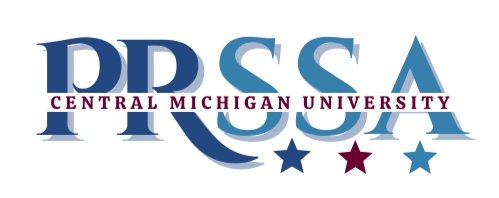By: Lauren Hendrick
Crisis communication can be interesting to learn about, but intimidating to approach. As PR professionals it is important to understand how to effectively communicate during a crisis.
It is not a matter of “if” a crisis will happen, it’s a matter of “when” a crisis will happen. This is important to understand because as cliché as it sounds, you need to expect the unexpected.
Take responsibility
When a crisis does occur, the first thing a company/business should do is take responsibility. When a company attempts to cover it up or project blame elsewhere, it only fuels the fire. Responsibility should be taken with a well-established apology and plan to ensure the crisis will not happen again.
Check social platforms
When a crisis happens, it most likely will go viral on social media. It is important to be prepared for this. Check the company’s social media platforms religiously so that responses are quick. This shows that the company is prepared and cares about the situation. Having quick responses portrays the responsibility and organization of the company.
Respond effectively
I also learned in one of my PR classes that when a reporter or outside source asks a question, you should never reply with “no comment” because it seems unprofessional and inconsiderate. Having a strong PR team that can assist with responses to social media users and reporters is crucial. Having multiple minds working towards the best way to respond is helpful, and having teammates hold each other accountable to avoid backlashing at angry online users.
Being prepared for a crisis is pivotal. Before a crisis happens it is necessary to have a strategic plan including who you to contact, messages to send out and ideas for improvement.
This short guide on how to handle a crisis is very important for fellow PR students.

